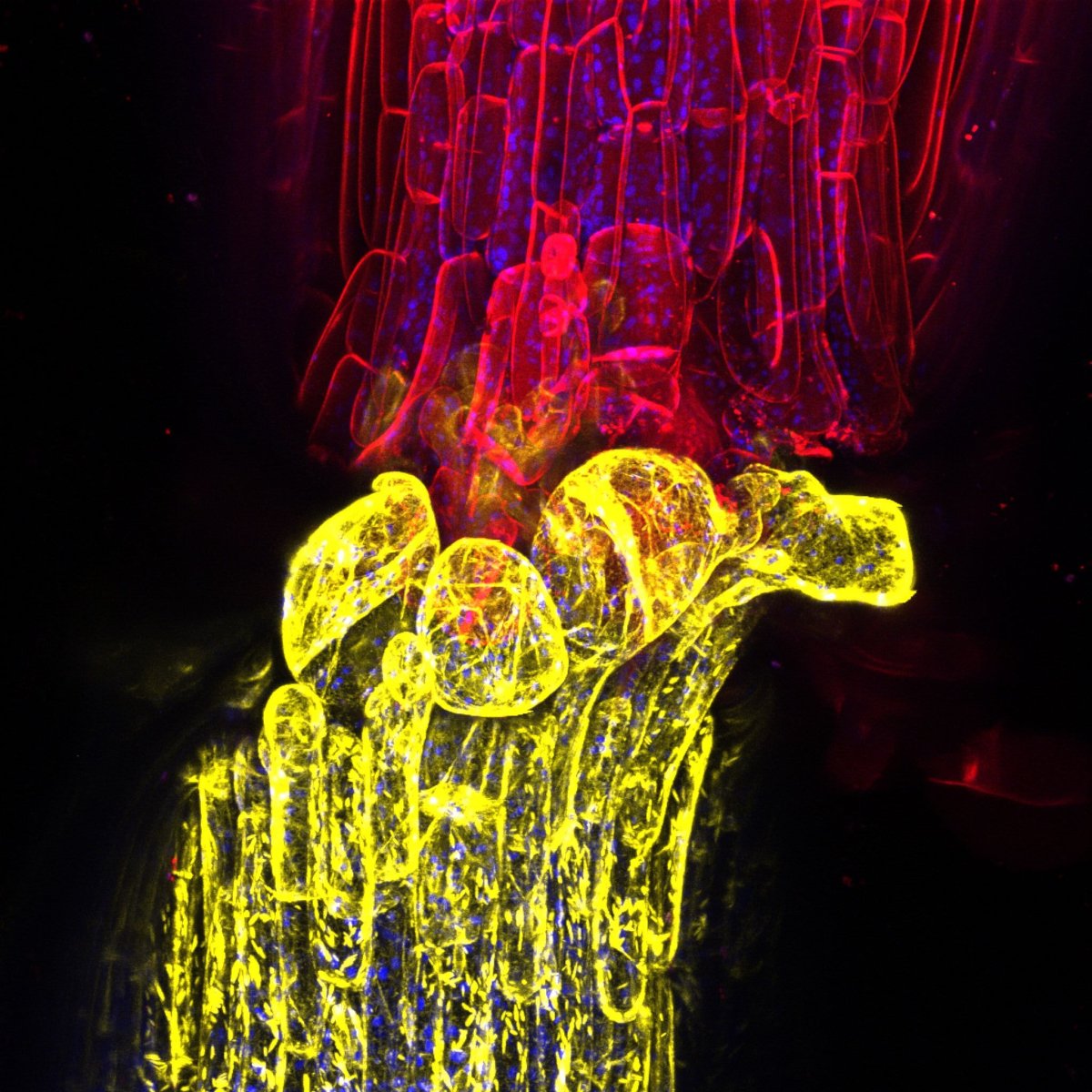
Epigenetic Communication
The grafting of one plant onto another is as old as the discovery of agriculture itself (or nearly so); but what has remained mysterious was how the resultant mélange of plant species functioned as a conjoined organism.
Scientists at the Salk Institute and Cambridge University have taken a big step toward understanding how it all works, with important implications for agricultural science, and possibly opening up new avenues for the creation of novel forms of genetically-modified (GM) organisms and crop species.
The new research, which was published in the Proceedings of the National Academy of Sciences for the week of January 18, 2016, shows that grafted organisms communicate and interact on a genomic level—though not through the transference of actual DNA.
Rather, they communicate epigenetically. Epigenetics is chemical, environmental, and other markers that act upon an organism’s DNA, determining which genes to switch on or off, and which tissue or cell types the DNA ought to code for.
“Our study showed genetic information is actually flowing from one plant to the other. That’s the surprise to me,” said Joseph Ecker, one of the new paper’s authors, and director of Salk’s Genomic Analysis Laboratory.
To observe the epigenetic exchange, the researchers concentrated on so-called “small RNAs” (sRNAs), only one form of many epigenetic instruments, and which are involved in a gene-silencing process called DNA methylation. The scientists developed a grafting experiment using three varieties of thale cress (Arabidopsis thaliana): two wild breeds, and a purpose-bred mutant that lacked sRNAs altogether.
The epigenetic interchange was then tracked across the grafted organisms, where it was shown that sRNAs were moving between organisms and influencing genetic expression. Specifically, the sRNAs seemed to be switching off those parts of the genome called transposable elements, or “transposons,” and were especially targeting those transposons located near active genes.

New Frontiers for Agriculture
Despite the observed activity, the genomic communication was rather limited, which the researchers attributed to the compactness and relative paucity of the thale cress genome. For plants with more complicated genomes—such as those of the domesticated species—they foresee more widespread epigenetic interchange.
“In other plants with more complex genomes, these effects are going to be magnified by many hundred-fold,” Ecker predicts.
Already, research to explore the limits of epigenetic communication between grafted organisms is in the offing for tomatoes and other familiar crops.
Ultimately, the outcome of this research points to exciting new frontiers in agricultural science.
Understanding the nature of grafted plants, and how they grow and integrate, may lead to improved strains of crops and better yields—to say nothing of new, possibly alarming, forms of chimerical plants and animals that may be the final fruits of a more sophisticated knowledge of how to seamlessly interweave formerly incompatible biologies.